Search Suggestions
- Gold Loan
- Money Transfer
- Mutual Funds

Difference Between Primary Security and Collateral Security in Business Loan
Securing a business loan typically requires offering assets as assurance to the lender that the loan will be repaid. These assets are classified as either primary security or collateral security, with each playing a distinct role in the lending process. For businesses, recognising the difference between the two is crucial when planning financing strategies.
Table of Content
- What Is Security?
- What Is Primary Security?
- Key Characteristics of Primary Security:
- What is Collateral Security?
- Key Characteristics of Collateral Security
- Examples of Primary Security and Collateral Security
- Why Collateral Security Is Required?
When applying for a business loan, lenders often specify the type of security they need. Borrowers usually encounter the terms "primary security" and "collateral security," but may not fully understand the differences between them. Having clarity on these concepts not only helps in choosing the right financing option but also ensures smoother negotiations with lenders.
Here’s everything you need to know about the difference between primary and collateral security, their core features, and why understanding them is essential as a borrower.
What Is Security?
In financial terms, security refers to an asset that a borrower pledges to a lender as assurance for loan repayment. This arrangement reduces the lender’s risk by giving them the right to claim or sell the pledged asset if the borrower fails to meet repayment obligations. The nature of the security often influences the loan amount, interest rate, and overall borrowing terms.
Broadly, securities in lending are classified into two types:
- Primary Security: The core asset created or acquired using the loan itself.
- Collateral Security: Additional asset(s) offered alongside the primary security to give the lender extra confidence in repayment.
What Is Primary Security?
Primary security refers to the asset that is directly financed through the loan. It is linked to the very purpose for which the loan is taken and serves as the lender’s first safeguard if the borrower defaults on repayment.
For example, if you borrow INR 8 lakhs to purchase office equipment, that equipment itself becomes the primary security for the loan.
Key Characteristics of Primary Security:
- Loan-Linked: It is directly connected to the loan’s purpose and acquired with the borrowed funds.
- First Line of Protection: In case of non-repayment, the lender will first attempt recovery from this asset.
- Pre-Defined in Agreement: The details of the primary security are clearly outlined in the loan contract.
- Risk Mitigation: Since it holds tangible value, it reduces the lender’s exposure to financial risk.
What is Collateral Security?
Collateral security refers to any additional asset pledged by the borrower to strengthen the loan agreement, apart from the primary security. Unlike primary security, it is not directly related to the loan’s purpose but serves as a secondary safeguard for the lender.
For instance, if a business takes a loan of INR 20 lakhs to purchase machinery (the machinery being the primary security) and also pledges a personal flat, that flat becomes the collateral security.
Key Characteristics of Collateral Security
- Additional Assurance: Provides lenders with an extra layer of protection.
- Secondary Recovery Source: Comes into effect if the primary security does not cover the outstanding dues.
- Wide Asset Options: Can include real estate, gold, shares, fixed deposits, or vehicles.
- Improves Loan Eligibility: Enhances the borrower’s chances of securing higher loan amounts at better terms.
Examples of Primary Security and Collateral Security
Example of Primary Security
Imagine you apply for a business loan of ₹40 lakh to purchase new manufacturing machinery for your factory. The lender will typically require the financed machinery itself to be pledged as security. In this case, the equipment purchased through the loan serves as the primary security.
Example of Collateral Security
Now, consider a situation where you apply for a ₹1 crore loan to expand your business by acquiring a new office building. The building being purchased becomes the primary security. However, to provide the lender with additional assurance, you also pledge your existing warehouse property, which you already own. Here, the warehouse acts as the collateral security, while the new office building remains the primary security.
Suggested Read: What is a Collateral Loan? Definition, Types & How It Works
Why Collateral Security Is Required?
Collateral security plays a vital role in lending by providing lenders with an added layer of protection against the risk of default. While asset-backed loans, such as housing loans or factory loans, are generally secured by the property or machinery being financed, certain loan types, like cash credit or working capital loans, may not have a tangible asset directly tied to them. In such cases, lenders often require collateral security in the form of immovable property or other valuable assets.
This additional pledge gives lenders greater confidence that, even if the borrower fails to repay, they have a reliable backup source for recovery. It ensures loan security, minimises potential losses, and makes it easier for borrowers to access larger loan amounts.
Understanding the distinction between primary security and collateral security helps businesses plan their borrowing more effectively. While primary security forms the first line of repayment assurance, collateral security acts as a safety net, strengthening the borrower’s credibility and enabling smoother loan approvals. Along with maintaining a healthy CIBIL score, careful documentation and strategic asset utilisation can help businesses effectively leverage both forms of security for enhanced financial management.
CATEGORIES
OUR SERVICES
-

Credit Score
-

Gold Loan
-

Personal Loan
-

Cibil Score
-

Vehicle Loan
-

Small Business Loan
-

Money Transfer
-

Insurance
-

Mutual Funds
-

SME Loan
-

Corporate Loan
-

NCD
-

PAN Card
-

NPS
-

Custom Offers
-

Digital & Cashless
-

Milligram Rewards
-

Bank Mapping
-

Housing Finance
-

#Big Business Loan
-

#Gold Loan Mela
-

#Kholiye Khushiyon Ki Tijori
-

#Gold Loan At Home
-

#Sunherisoch
RECENT POSTS

Differences Between Loans and Bonds
Know More
MCLR vs EBLR - Which One Saves More on Home Loans?
Know More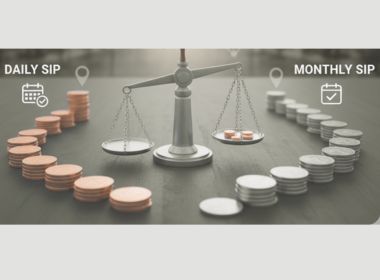
SIP vs SIF Fund: Meaning, Differences and Best Mutual Fund Option
Know More
Mudra Loan vs MSME Loan: Key Differences Every Small Business Owner Must Know
Know More
Daily SIP vs Monthly SIP: Which is Better?
Know More
How to Invest in NPS: Step-by-Step Guide for Beginners
Know More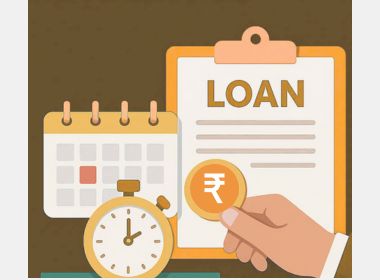
Deferred Payment Meaning, Examples & How It Works in Personal Loans?
Know More
Gold Price Hits Record High: What It Means for Your Gold Loan?
Know More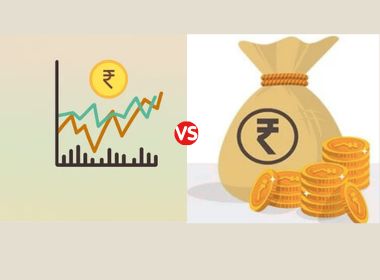
Difference Between NPS and Mutual Funds
Know More
Difference Between Primary Security and Collateral Security in Business Loan
Know MoreFIN SHORTS

Difference Between Personal Loan and Consumer Durable Loan
Know More
Checklist Before Applying for Gold Loan Online
Know More
5 Steps To Get Your Business Ready For An Sme Loan
Know More
5 Solid Reasons To Choose Sip Over Fixed Deposits
Know More
5 Best Mutual Fund For Retirement 2025
Know More
Are Commercial Vehicle Loans Beneficial?
Know More
Why Digital Gold Loans Are Gaining Traction in 2025
Know More
Gold Price Forecast for the Next 6 Months
Know More
Why Travel Is Now the Top Reason for Indians to Take Personal Loans
Know More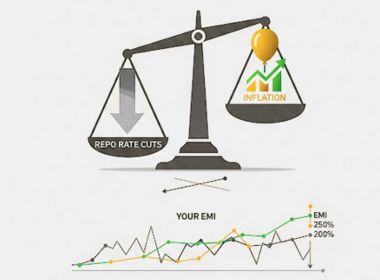
Repo Rate Cuts, Inflation, and Your EMI: Navigating Personal Loans in 2025
Know More
A ₹10,000 SIP Could Turn into Crores?
Know More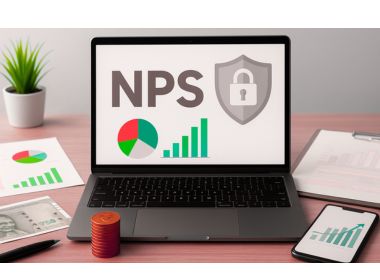
NPS Repairs: 6 Big Reforms Everyone Should Know
Know More- South +91 99469 01212
- North 1800 313 1212





